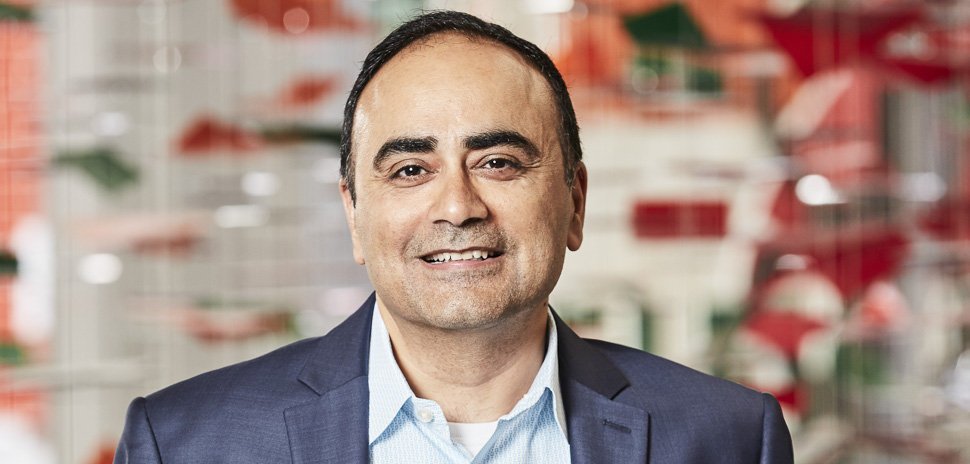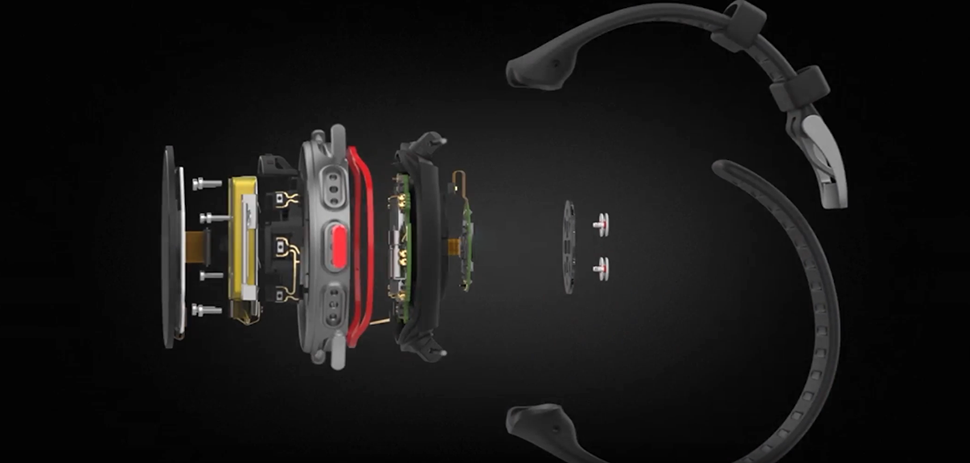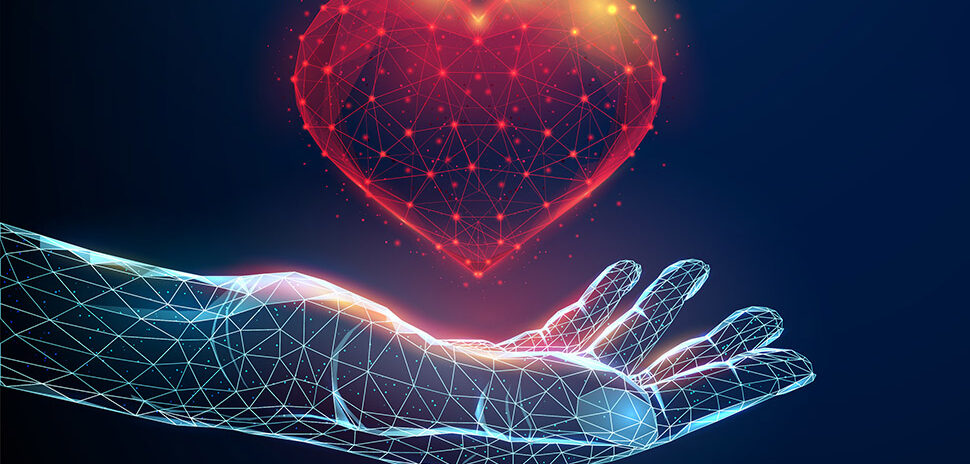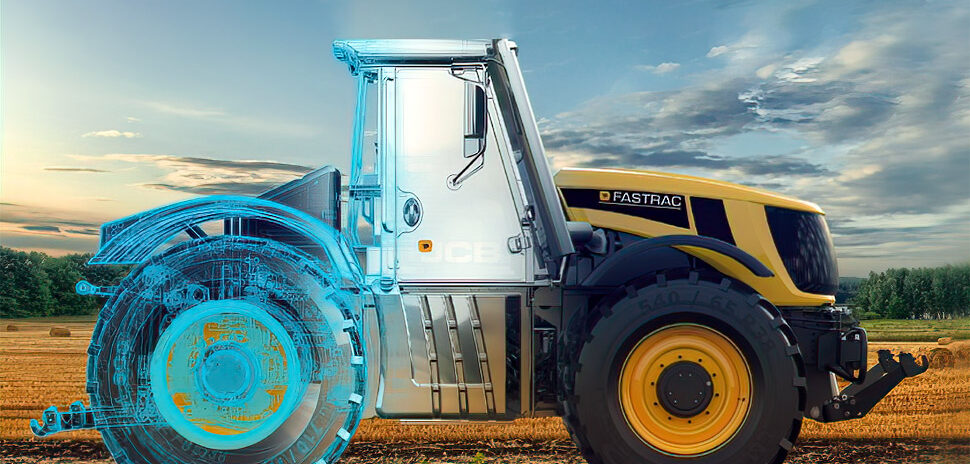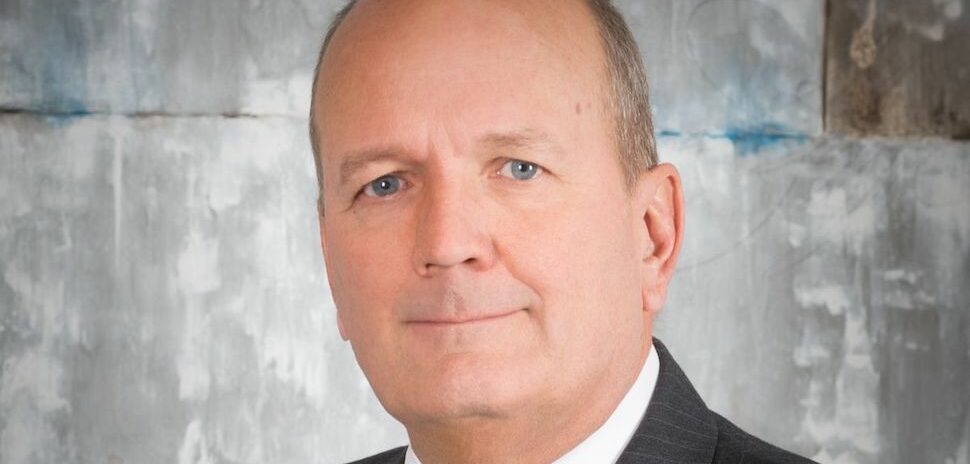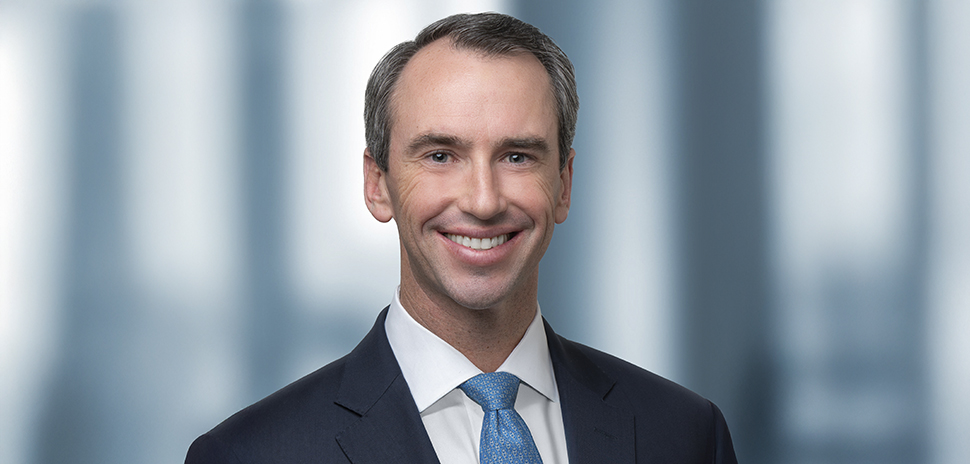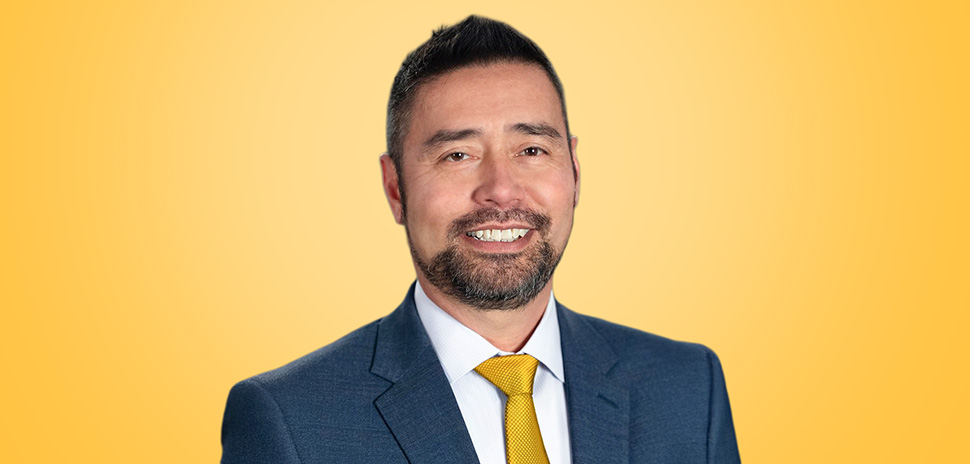Irving-based 7-Eleven is not a stranger to historic firsts in the name of convenience.
Today is the company’s birthday, and Its roots can be traced back to 1927, when Jefferson Green created the world’s first convenience store by stocking everyday staples such as bread, milk, and eggs at a Dallas icehouse. The motivation? To make things easier on customers, so they didn’t have to make multiple stops for their essentials.
Over the years, 7-Eleven has kept that pioneering spirit alive for the sake of the customer whether it’s being the first retailer to be open 24/7, to offer to-go coffee cups, or even make the first commercial-drone delivery.
“Now, the time is to redefine convenience through digital and technology.”
Gurmeet Singh
“I think the company has maintained its essence,” said Gurmeet Singh, 7-Eleven’s chief digital officer and chief information officer. “The key is to continuously be looking at that, innovate for the customer, and look at all the trends in terms of how things are shaping up in the industry and the intersection of technology.”
As technology becomes omnipresent in peoples’ lives, the convenience retailer is going through its own digital transformation and turning to emerging tech such as artificial intelligence, Internet of Things, augmented reality, and more to improve the customer experience.
“We’re a 91-year-old company and very strong on innovation. Now, the time is to redefine convenience through digital and technology,” Singh said.
Singh took time recently to talk with Dallas Innovates about how technology is impacting the way 7-Eleven does business, plans for a new R&D facility, and how its focus on innovation has helped it remain a household name in convenience.
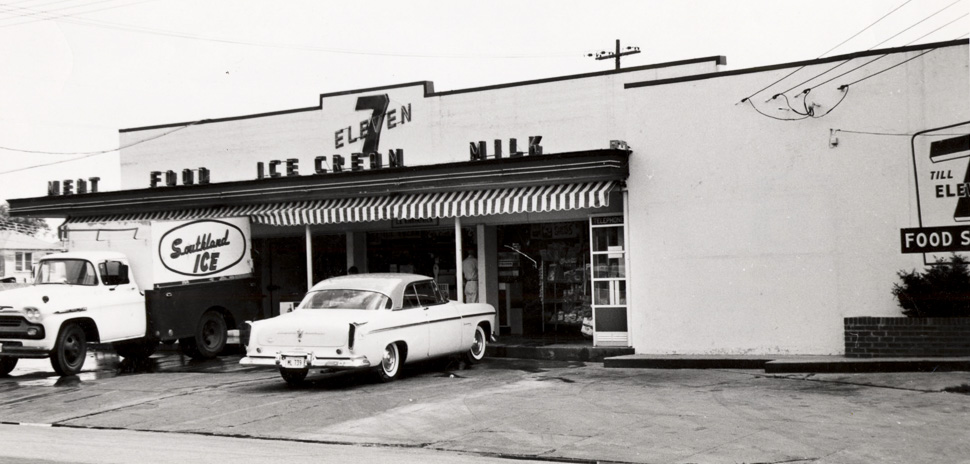
An exterior shot of a 1940s era 7-Eleven store. [Photo courtesy of 7-Eleven]
You hold the titles of both chief digital officer and chief information officer. Both of those positions, especially CIO, are being reshaped in a lot of industries. How does 7-Eleven define CDO and CIO?
Most companies these days are hiring chief digital officers. As you can imagine, digital is shaping the future of a lot of companies. And, it’s not really digital per se, but more what the customers are demanding, where the customers are headed.
We know that our customers are increasingly more connected. They are connected through their phones and through social media. People are spending three-plus hours on their mobile phone and seven-plus hours on a connected device. Their expectations are going up as they’re being shaped by other companies.
This technology plays a key role in meeting those expectations. So, with mobile phones, big data, Internet of Things, connected devices — all of those things are helping drive meeting the needs of our customers.
If you look at all of that stuff, digital transformation is becoming key. [And actually,] I’d call it business transformation enabled by digital [allowing] companies to look and become more like technology and software companies in addition to what their core competency is today in order to build their future. That is why most of the companies are hiring chief digital officers and are going through digital talent transformation and overall transformation.
“When you look from a digital transformation perspective, you have to look at full stack transformation.”
My coming [to 7-Eleven] was from that perspective. In fact, there’s a stat out there from PwC that 19 percent of the companies have started hiring chief digital officers. That’s my initial role here, to help the company think through new business models: What I call ‘how do we redefine convenience through digital?’ We’re a 91-year-old company and very strong on innovation. Now, the time is to redefine convenience through digital and technology.
[That means] bringing in product management and thinking like a software company. Cleary, leveraging the assets we currently have, which are very strong. If you think of the perspective of 66,000 locations worldwide, 55 million customers coming into our doors every day. We are open 24/7. We process nearly 20 billion transactions across 18 countries. That’s pretty large scale. How do you take that scale, that infrastructure and apply the elements of digital? That’s where it’s me coming in, establishing product management discipline, user experience, the data science practices, artificial intelligence, and those things. That’s the CDO role.
As you look through the transformation, you realize it’s not just retailers. I’ve worked at Capital One and a couple other places. When you are a strong company from the past and you have a legacy technology infrastructure, what really works for your current operations is very robust. When you look from a digital transformation perspective, you have to look at full stack transformation. And, a full stack transformation is not just about customer-facing digital properties. It has to go all the way to your back-end technologies, to your databases, to your infrastructure. Only then will you be enabled to really drive the transformation you’re looking for the sake of your customers, for the sake of your employees. That’s when I took on the CIO role as well, to be able to give what I call this full-stack transformation.
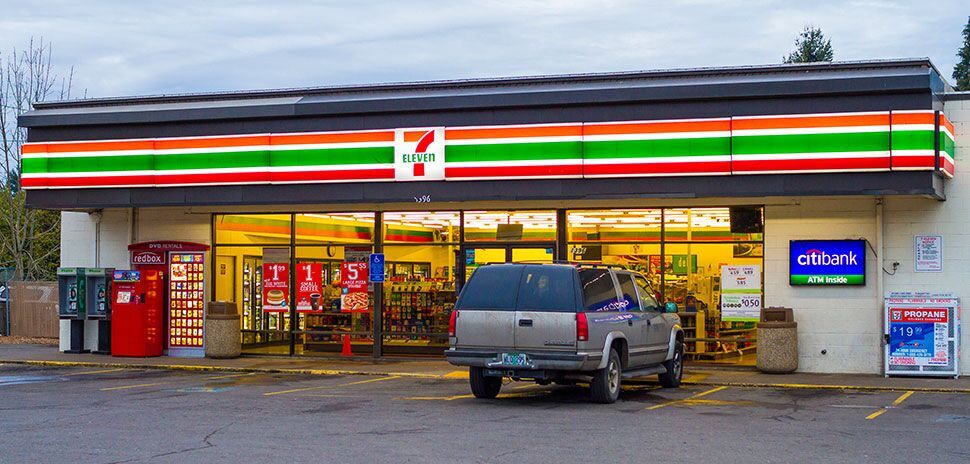
[Photo by Joshua Rainey Photography via iStock]
What’s the secret for staying a household name in convenience after decades of operation?
I think it all starts with the customer: keeping the customer first in mind. I wrote a blog article on LinkedIn on how customer problems never change — it’s the solutions that change. Case in point: customers want to go from point a to point b — hence the invention of cars — but as you look toward the future, the real solution is mobility. Suddenly, you see Uber coming into place, autonomous vehicles coming into place.
“The most convenient store today is in the palm of your hand.”
If you look at 7-Eleven, the company has a long history of innovation and keeping the customer first in mind. It was the first retailer to go 24/7 for the need for convenience. [And, the] first retailer to offer things like to-go coffee cups. As you look toward the future, we are looking at how do we keep ourselves ahead of innovating for the customer and for the sake of the customer. That’s the goal of being able to innovate. In fact, one of the top leadership principles that we’ve just put in place is to become a customer-obsessed, digitally-enabled organization.
Now, we’ve always been customer-obsessed. The addition of this digitally-enabled [principle] is to recognize the fact of technology as a customer behavior and how the behavior has changed. The most convenient store today is in the palm of your hand. It’s your mobile phone. How do we make sure we are staying ahead of that? History has shown we’ve always stayed ahead of that.
In my blog article, I took a picture at the Smithsonian’s National Museum of American History in Washington D.C., which actually has a 7-Eleven section in it. It has a picture of a mom at 7-Eleven talking about convenience. Fast forward 40-plus years, we’re talking about convenience, and now we’re talking about things like delivery, order ahead, and curbside pickup.
I think the company has maintained its essence. The key is to continuously be looking at that, innovate for the customer, and look at all the trends in terms of how things are shaping up in the industry and the intersection of technology.
Does 7-Eleven have a dedicated team for innovation? How does the innovation process work?
We tackle innovation in a couple of different ways. Our theory is there are certain things and certain proven technologies, and proven areas where we clearly see the customer trend in terms of customer adoption and customer needs. I call them Horizon One, which is right here and right now. We need to innovate and keep improving.
Innovation is not just about all breakthrough ideas: It’s also about continuous improvement and then, in addition to that — breakthrough ideas.
With the launch of 7Rewards, which is our new loyalty program, [it’s about] making that a platform to make every customer interaction with us valuable and delightful. We put it out there, we’ve seen a lot of interest and engagement from our customers. We innovated on it by adding augmented reality to it (with “Deadpool 2” and Fox Studios). We got a lot of customer feedback and interaction with that.
“Innovation is not just about all breakthrough ideas.”
We’re also innovating on things of how do we take the store to the customer with delivery. We launched that program in Dallas called 7-Eleven NOW. Customers looking to get items brought to them, we can deliver it to them. We recognize the fact that 50 percent (or more) of the U.S. population lives within one mile of a 7-Eleven. So, we have the right infrastructure in place. We need to add digital innovation to make it happen.
Then, you look at technologies that can really improve the customer experience. And, not just the customer experience, but also what they do in our stores because that impacts the customer as well.
We are looking at things like artificial intelligence, machine learning, computer vision, biometrics … we were the first one to actually to do the first commercial drone delivery — even before Amazon and Google.
We’ve created what I call a team of makers. People who are excited about making something new, excited about the infrastructure we have, the data we have, and the things they can create with it. We’ve created a team of product managers, data scientists, user experience professionals, and technologists. In addition to that, we’ve created an R&D team. They are actually right now setting up a separate R&D location here in Dallas that’s going to really accelerate that piece.
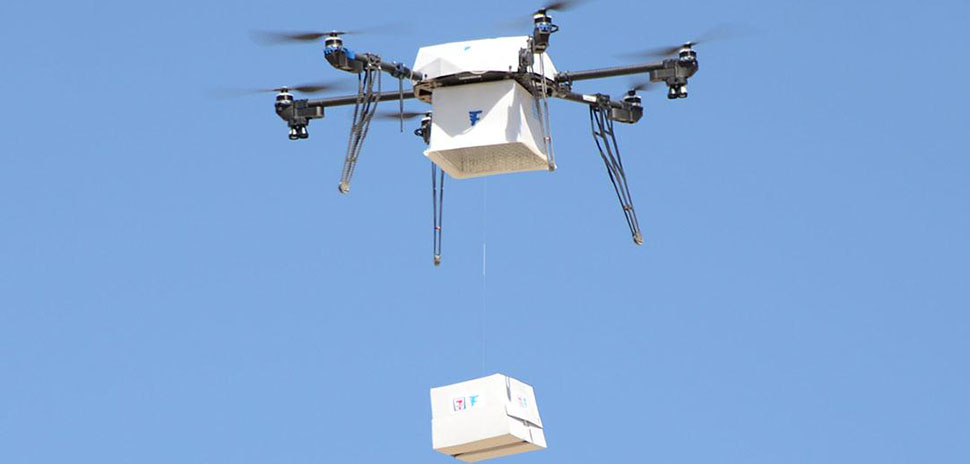
In 2016, 7-Eleven was the first retailer to make a commercial drone delivery. [Photo courtesy of 7-Eleven]
How do you motivate your team in thinking about these future experiences and projects?
In addition to hiring a great team, I think the key aspect of motivation is having a very inspiring vision. An inspiring vision that’s very close to reality because of what we have today.
If you look at us, we are basically a startup within a large company with all the vision, new technologies, and new stuff we can create for our customers and for our store associates.
“I inspire my team by saying, ‘we are a culture where we work smart, have fun, and we will make history.’”
Imagine the fact that anyone who is looking to create something new now has access to millions of customers that come in every day, billions of transactions of data, and access to our large retail base.
So, if you are what I call a maker and looking to create new things and are driven by that — all the ingredients are here for you to make history.
I inspire my team by saying, ‘we are a culture where we work smart, have fun, and we will make history.’
Then, we see stuff happening and that’s inspiring for the team to go drive and make things happen.
In addition to that, we’ve been very selective in how we hire because we’re looking for people who want to go out to test, learn, and create new things — and challenge the status quo. Be an entrepreneur. Be customer obsessed. Be digitally enabled.
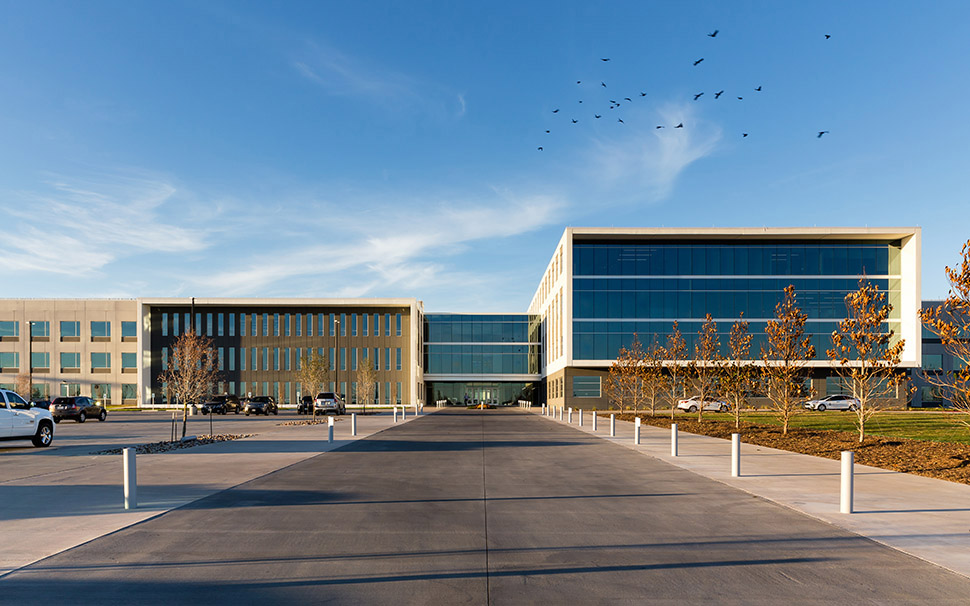
7-Eleven’s headquarters at Cypress Waters. [Photo courtesy of 7-Eleven and Corgan]
How has technology impacted the way 7-Eleven does business? Is there a particular piece of tech that has been a game-changer in the last few years?
As I talk about technology, this is why I talk about the full-stack transformation.
On the mobile side, that has been game changing for us because we started interacting with customers beyond the stores. That’s where the loyalty program and other pieces come in.
In addition to that, things like augmented reality have a huge potential and have been a game changer for us from a customer interaction perspective. It has huge implications beyond our customers to how we think of educating our customers about products. They could scan a product, learn more about the product, and the history of where it came from.
We’ve been experimenting with machine learning. So, really not just personalizing it for our customers, but also improving our store operations. Sometimes people only think about technology from the perspective of the customer. As you think about full stack, everything you do behind the scenes eventually impacts the customer experience in a much better way.
The cloud and infrastructure capabilities — that’s something we’ve been investing heavily in — and we have seen great impact from those pieces. Things around enabling more payment options in our stores … looking at voice and natural language processing.
Further upstream, looking at robotics and how do we improve our supply chains?
Those are the technologies we’ve seen really help us not only improve the experience we’re providing to our customers, but also improve our efficiencies across the chain.
You say the definition of convenience is changing? How would you define it now?
It’s no longer good enough to be the most physically convenient location. You have to be omnipresent and be where the customer needs you.
I feel like a lot of retailers have failed in digital transformation because they don’t think outside the physical store. For them, they think of what is the next generation of the physical store?
What we’re saying is, we need to be solving for the experiences of the future for the customer. We believe stores will play an important role, but they’re not the whole equation. As you think of the future of the experiences and how we can redefine convenience, you have to say ‘I have to be in the consumer’s ecosystem.’ Meaning, if the consumer is at home and is connected to a device maybe say their refrigerator is a connected device. I should be present there so that when they need me, I’m able to bring the stuff they need to them. That’s where elements like delivery play an important role.
“It’s not longer good enough to be the most physically convenient location. You have to be omnipresent and be where the customer needs you.”
We’ve launched 7-Eleven NOW. We’re probably the only retailer where you could get a pizza, a beer, and a Pepto Bismol all at the same time and be open 24/7.
Part of redefining convenience is also personalization. I should be able to know you better. I should know, these are the things you order at this time. I’m present even when you’re not on my website. That’s going back to being in the ecosystem.
As we look at all of that stuff, that’s why I keep saying we have to think like a software company, like a technology company where we’re able to present ourselves and present the infrastructure we have to deliver on the customer needs.
A couple of years ago, y’all made history making the first commercial drone delivery. Is that project still in the works?
In the previous pilot, we did about 70-plus deliveries. It was a lot of learning in terms of products and packaging, and how do you make that happen?
The FAA is predicting 7 million drones will be distributed by 2020. The new regulations that are coming out are actually helping drive a lot of innovation in drone delivery.
We’re definitely looking at those things given the fact that we’re in such close proximity to the end user. We’re also looking at autonomous vehicles and other pieces.
As a company, you have to take part in these enabling trends that can actually change the shape of the industry.
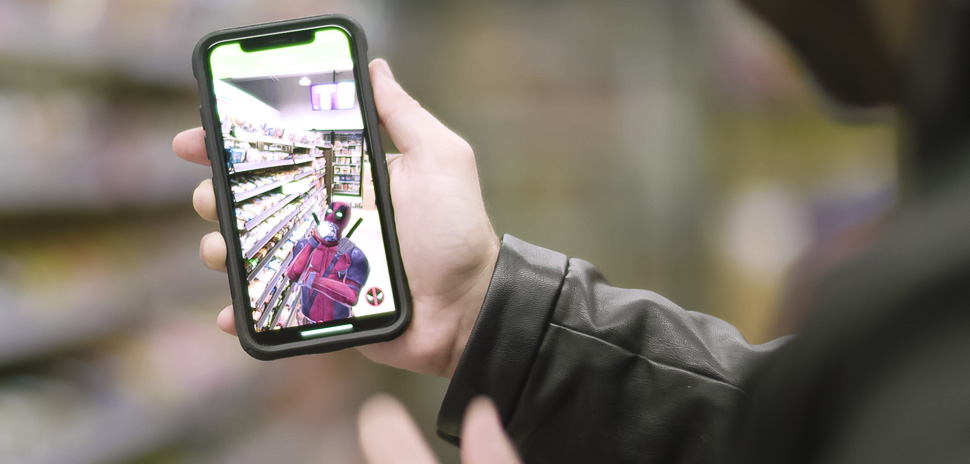
7-Eleven recently created an augmented reality in-store experience for the premiere of Deadpool 2. [Photo courtesy of 7-Eleven]
Any other thoughts you’d like to share?
I think for us, augmented reality would be a great platform. If you think of 7-Eleven, we are such a great intersection of consumer brands that the customers shop from us. We have a large number of millennial customers that shop at our retail locations.
“In addition to all the online piece, we can also create what we call ‘retailtainment.’”
In addition to all the online pieces, we can also create what we call ‘retailtainment.’ It’s the entertainment in retail, where people actually enjoy the experience of coming to a retail store and it’s connected with the digital and people enjoy the gamification. So, we are looking to really expand on our augmented reality platform. We had a lot of fun with “DeadPool 2.” We are looking to expand it further using our 7Rewards loyalty program.
In addition to that, we’re looking at a lot of the computer vision aspect of how do we create frictionless experiences in the store?
We’re experimenting with Google Lens and Amazon’s Deeplens.
It’s not one technology: We’re trying to solve for the customer experience, and it’s a combination of technologies that are enabling customer experience.

